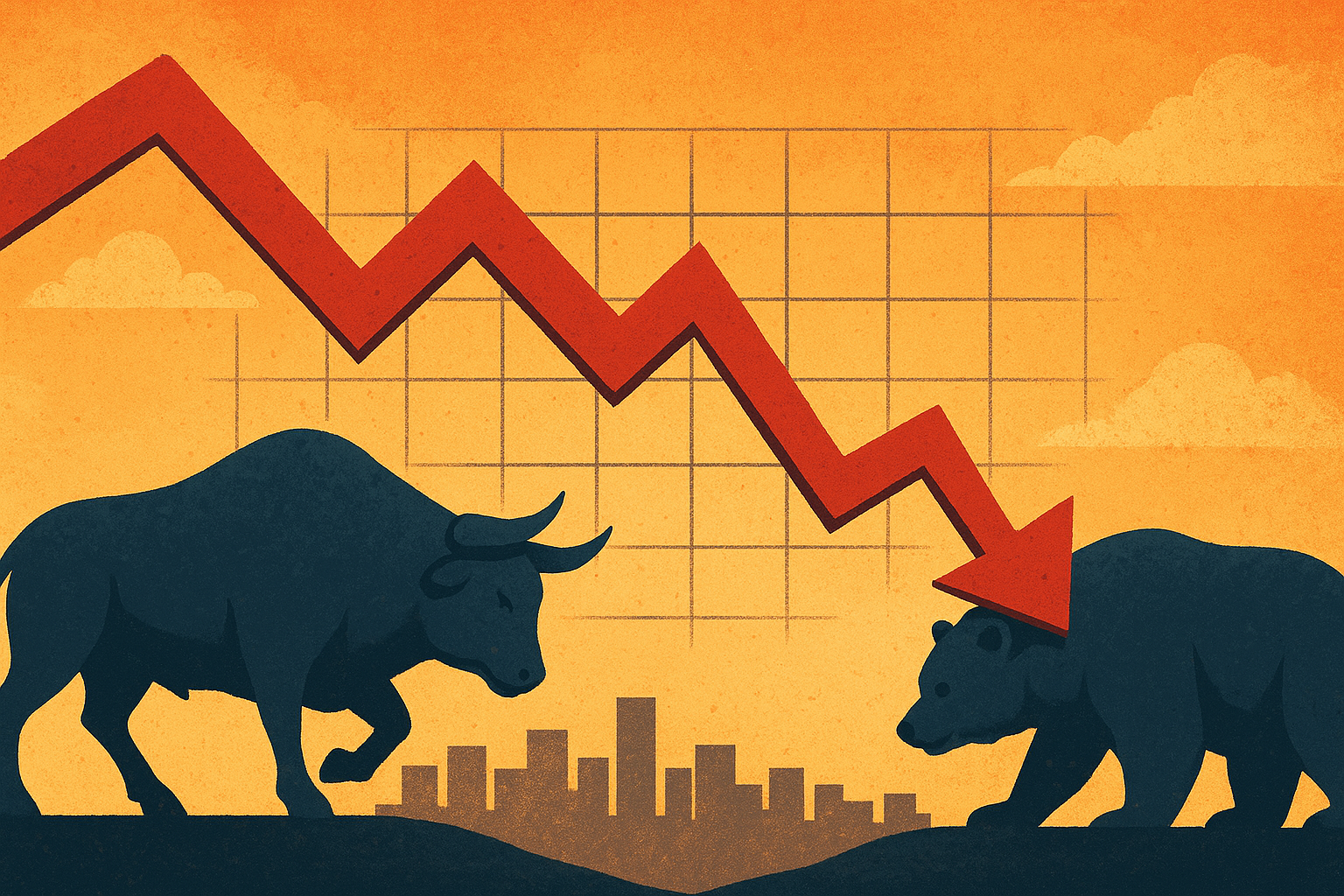After a record-breaking rally driven by enthusiasm for artificial intelligence and resilient corporate earnings, U.S. stock indexes cooled on Thursday as investors began questioning whether the market has run too far, too fast. The S&P 500 and Nasdaq slipped modestly, paring recent gains that had propelled both benchmarks to all-time highs earlier this week.
According to Reuters, the pullback comes amid growing caution over lofty valuations in tech-heavy portfolios, especially with investors heavily concentrated in AI-linked mega-cap stocks such as Nvidia, Microsoft, and Alphabet. The ongoing federal government shutdown and lack of fresh catalysts have added to the uncertainty, leaving markets searching for direction after an extended rally.
Caution Creeps In After Euphoric Run
The recent market euphoria has been fueled by record profits in the technology sector and widespread optimism about AI’s economic potential. But as Investopedia notes, some analysts now warn that investor positioning has become increasingly one-sided, with valuations for leading AI names stretching beyond historical norms.
JPMorgan Chase CEO Jamie Dimon added to the cautious tone, telling the New York Post that the market may be “pricing in perfection” and could be vulnerable to a “meaningful correction” if growth expectations falter. Dimon’s warning echoes a growing chorus among institutional investors urging greater diversification as the S&P 500’s gains remain heavily concentrated in a handful of mega-cap stocks.
Meanwhile, the extended federal government shutdown — now approaching its third week — has added a layer of macroeconomic risk, delaying key economic data releases and potentially dampening near-term consumer and business sentiment. The impasse in Washington is testing investor patience at a time when broader economic indicators have started to show mixed signals.
Why This Matters for Investors
The combination of high valuations, policy uncertainty, and limited catalysts creates a challenging environment for equity markets. While the broader economic backdrop remains solid — with unemployment near multi-decade lows and inflation showing signs of cooling — the market’s sensitivity to policy headlines and earnings guidance is rising.
According to data from Bloomberg, the S&P 500 now trades at roughly 21 times forward earnings — well above its long-term average near 16. By contrast, value-oriented sectors like energy, financials, and industrials are trading at significant discounts, suggesting potential opportunities for investors willing to rotate out of crowded tech trades.
“Valuations in the top seven tech stocks are elevated even by historical bubble standards,” said Savita Subramanian, head of U.S. equity strategy at Bank of America. “If we do see even a mild earnings disappointment or a shift in rate expectations, those names are likely to face sharper pullbacks.”
Future Trends to Watch
Investors will be closely monitoring next week’s inflation and retail sales data for signs of whether consumer spending remains resilient amid fiscal uncertainty. The Federal Reserve’s next policy statement will also be pivotal — particularly if it signals that rate cuts could be delayed beyond current expectations.
Additionally, analysts are watching for early signs of sector rotation. With defensive stocks and dividend payers starting to regain favor, a broader shift toward value and cyclical sectors could mark the next phase of market leadership. “The setup is increasingly favoring active management and diversification,” noted a Morningstar report. “Passive investors overweight in tech may face amplified downside risk in a valuation reset.”
Key Investment Insight
The market’s latest pullback may not signal the end of the bull run, but it does underline the importance of balance. Investors should consider reassessing portfolio concentration in high-growth, high-valuation sectors and explore hedging or reallocation toward undervalued areas like financials, healthcare, or consumer staples.
Opportunities could also emerge in small-cap equities and international markets, where valuations remain more attractive. Maintaining a disciplined approach — including dollar-cost averaging and stop-loss strategies — can help manage risk in a potentially more volatile phase of the market cycle.
Stay Ahead with MoneyNews.Today
As markets adjust to new realities — from stretched valuations to shifting monetary and political dynamics — staying informed is crucial. For daily market insights, sector analysis, and actionable investor updates, follow MoneyNews.Today — your trusted source for intelligent financial reporting that cuts through the noise.





